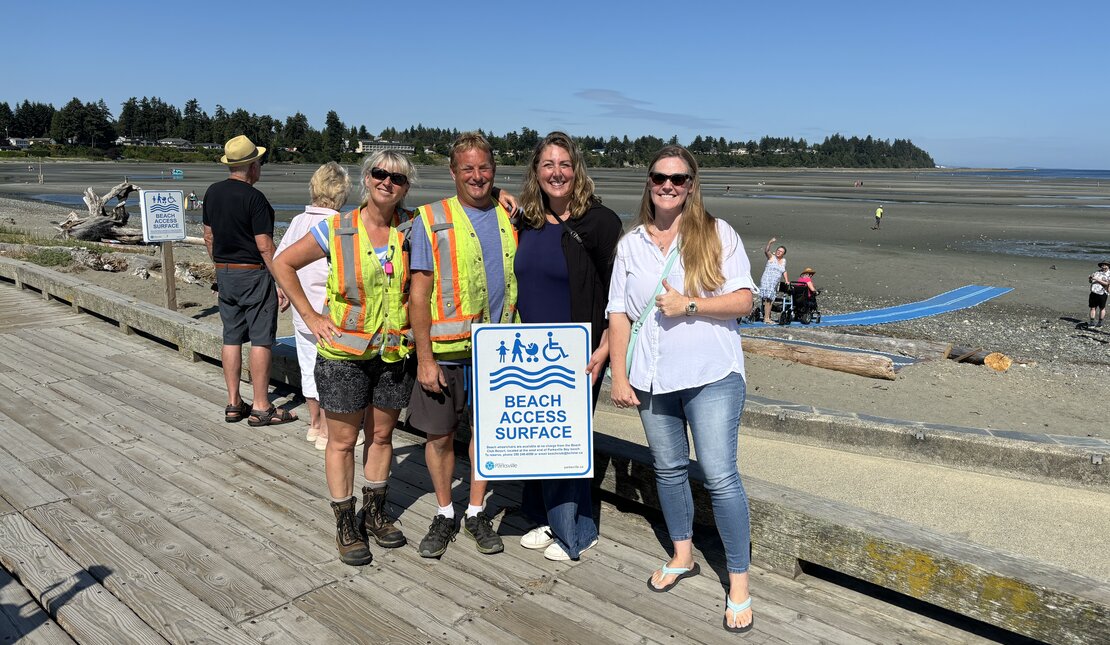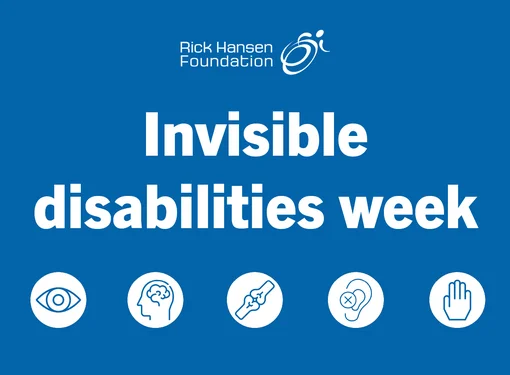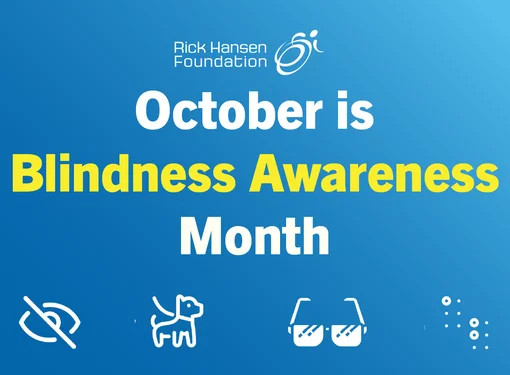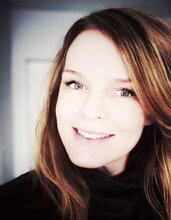Parksville’s Wave of Inclusion
The tide was out, and the sky was as blue as the plastic mat that stretched from Parksville’s promenade to the hard sand on the beach. It was the grand opening of the Mobi-Mat — a celebration of accessibility for the Vancouver Island seaside city.
Parksville Mayor Doug O’Brien stood proudly at the top of the mat, anticipating its popularity. His city is known for its high population of seniors—one of the highest in Canada for those over 55. While the line-up to try out the mat wasn’t entirely unexpected, “It looked like everybody was waiting for a train or a bus,” he later remarked, what surprised him was the level of emotion from those who experienced the mat that July day.
“Everybody who used the mat had a story,” O’Brien shared. “I heard from one person that it was the first time in 25 years they were able to be on the beach. Others said it was the first time in their life they got to bury their toes in the sand. People were so thrilled because they got to be a part of the beach, and it was amazing to see them all lined up and going down the mat with such joy.”
Inclusion may be a buzzword, but accessibility exemplifies inclusion in its purest form. Barriers aren’t just attitudinal and physical; they’re often invisible; born from a lack of creative thinking about our built and natural environments. While many who live on Canada’s West Coast are lucky enough to be near the Pacific Ocean, countless others have only ever experienced it from afar. This is a shame, given the beauty and uplifting experience of touching or being near the water.
Thankfully, times are changing.
Path to the Pacific
The Mobi-Mat in Parksville was donated by Corona Canada, along with two beach wheelchairs available for free two-hour reservation through the Beach Club Resort, located on Parksville beach. This donation is part of the beverage company’s Accessing Paradise Pledge, a commitment to improve access to six beaches across Canada. Alongside Parksville, Wellington Beach in Prince Edward County, Ontario, and Saint-Zotique in Vaudreuil-Soulanges, Quebec, were also selected to receive a Mobi-Mat.
Corona works with Mobi-Mat Canadian representative and Mobility Facilitator Wade Watts of Watts Accessibility Consulting. Wade has worked with Mobi-Mat for over 10 years and through his fieldwork estimates that there are more than 2,500 known public beaches in Canada, but fewer than 15 percent are accessible. Wade, who uses a wheelchair, said he knows first-hand how limiting and isolating it can be when outdoor public places are not accessible. “When Corona connected with me to better understand the barriers people with mobility challenges face and how to improve their beach experience, I was keen to share my insights. Thanks to Corona’s Accessing Paradise Pledge, Canadians with mobility limitations will be able to enjoy sunsets on more beaches this summer and I am excited to be one of them.”
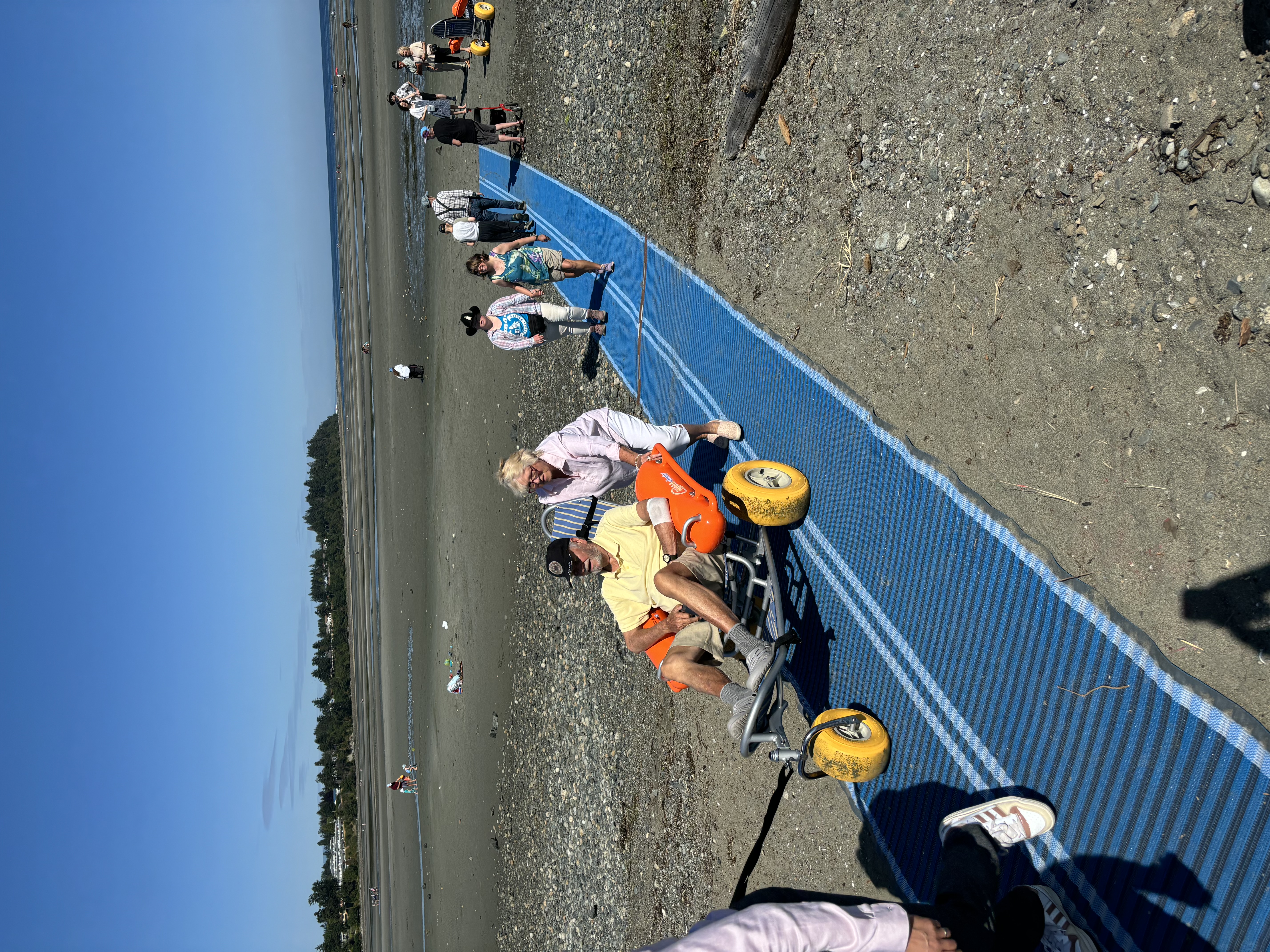
In Parksville, the mat is a semi-permanent fixture from May to September. Stable, heavy, and non-slip, it has a 3-D design that allows sand and small debris to fall through its layers, ensuring unimpeded travel. Constructed from durable recycled polyester, it was originally designed for the U.S. Marine Corps for vehicular beach landings.
The mat's arrival in Parksville was what O’Brien calls “serendipitous.” Like many Canadian cities, Parksville is assessing its accessibility in line with the new Accessible British Columbia Act guidelines, aided by public surveys conducted by the city’s accessibility advisory committee. In a town where 44.3% of the population is 65 and over, a whopping 85.5% of survey respondents reported experiences of having or caring for someone with physical or mobility challenges.
Respondents highlighted barriers such as uneven surfaces, steep or non-existent curb cuts, lack of accessible connections to events or amenities, insufficient benches, and inadequate accessible parking and washrooms. Access to the ocean was a particularly noted challenge.
While enhancing access is a multi-stage process for Parksville, the opportunity to improve the waterfront presented by Corona was unexpected, and Parksville seized the opportunity. With assistance from the region’s Access Oceanside Association, the necessary permits were secured, including from the Department of Fisheries and Oceans, to make sure that the mat wouldn’t disrupt the spawning of fish, shellfish, and other marine life during the human off-season. The mat is a pilot project for Parksville, but O’Brien expects it to continue to be available in future summers once staffing and other further details are sorted.
“Our beach is somewhat different from some of the others where the mat has been installed, as we’re a West Coast beach with tidal action,” said O’Brien. “The tide goes out quite a way twice a day, and when it comes back in, as with a recent 15-foot-high tide, it can wreak havoc on anything in its path. Our engineering staff worked on adapting it to our beach conditions, figuring out how to anchor the mat so it doesn’t disappear. And it’s been working incredibly well.”
When the tide is out, the mat reaches the hard sand, which is far easier to navigate than pebbles and soft sand leading to the low tide area, reducing hazards. A quick search on the internet shows that these accessibility mats bring so much joy to those who wouldn’t otherwise be able to enjoy Canada’s waterfronts. “I use a cane for balance, and walking on sand feels like trudging through a pool of baked beans. I would love to have something like this to help me get down to the damp, packed sand. I could actually walk on the beach again!” wrote one individual in relation to the installation of Ontario’s accessibility mat.
Shoreline for All
The mat doesn’t only benefit those with mobility disabilities, O’Brien noted, drawing from his personal experiences with hip and knee replacements and his daughter’s cerebral palsy. “People with disabilities are such a significant portion of our population, but this mat exemplifies better design that helps everyone. Parents with strollers, picnic carts, and many people with hidden mobility issues that aren’t evident through devices like wheelchairs or walkers will benefit,” he said. “A large portion of our population is undergoing joint replacement and such, and rehabilitation means ensuring you’re on a level surface because you don’t want to slip and jeopardize healing.”
One of the individuals who lined up to use the mat on its inaugural day was a man with 90% sight loss, who used two canes to navigate. He later reported to O’Brien that he had no issues viewing the white lines marking the edge of the mat.
“He asked me to step aside because he wanted to try the mat himself, and he walked all the way to the end,” O’Brien recounted. “When he got there, he turned around and waved to me with his white canes. It is a moment that I’ll never forget.”
